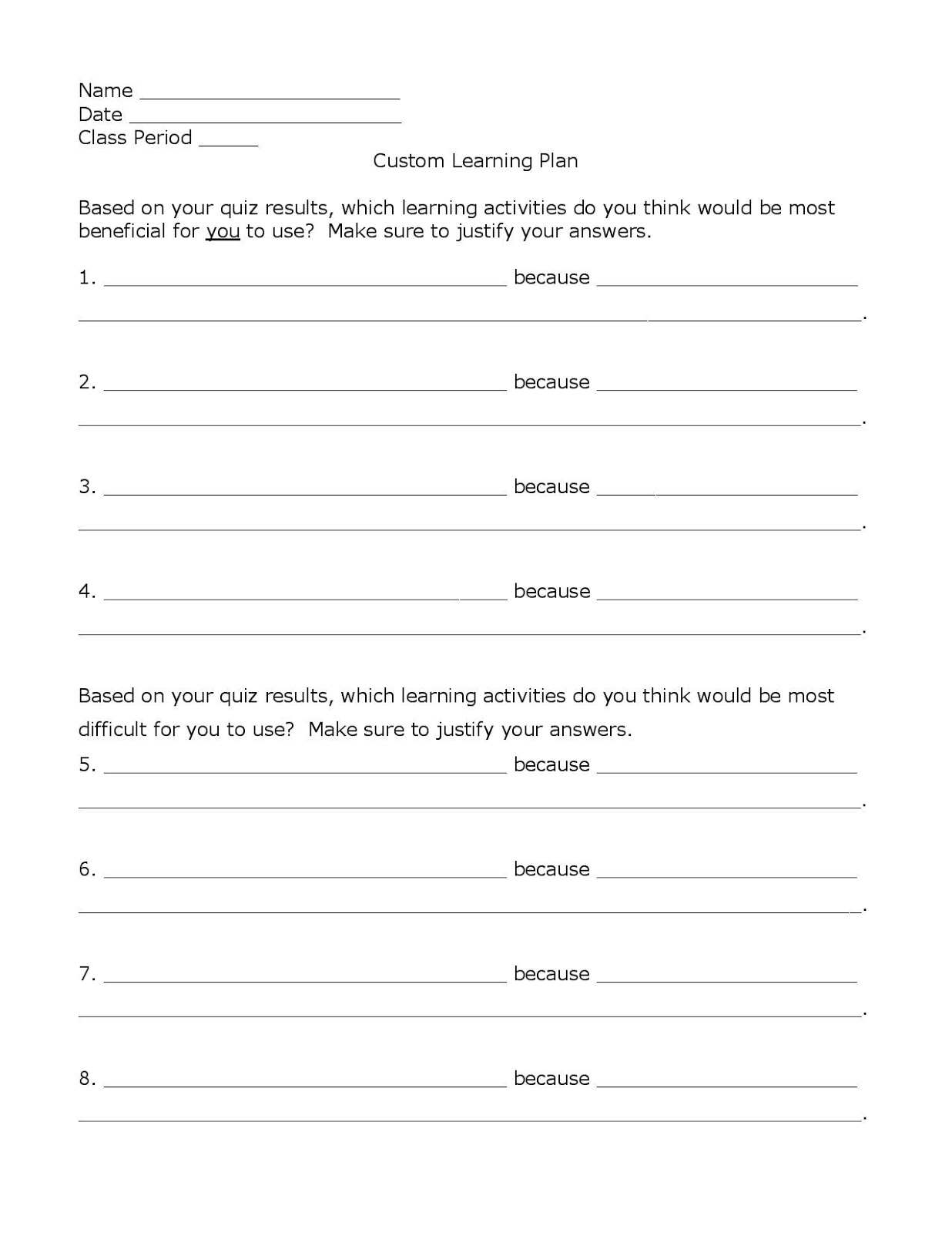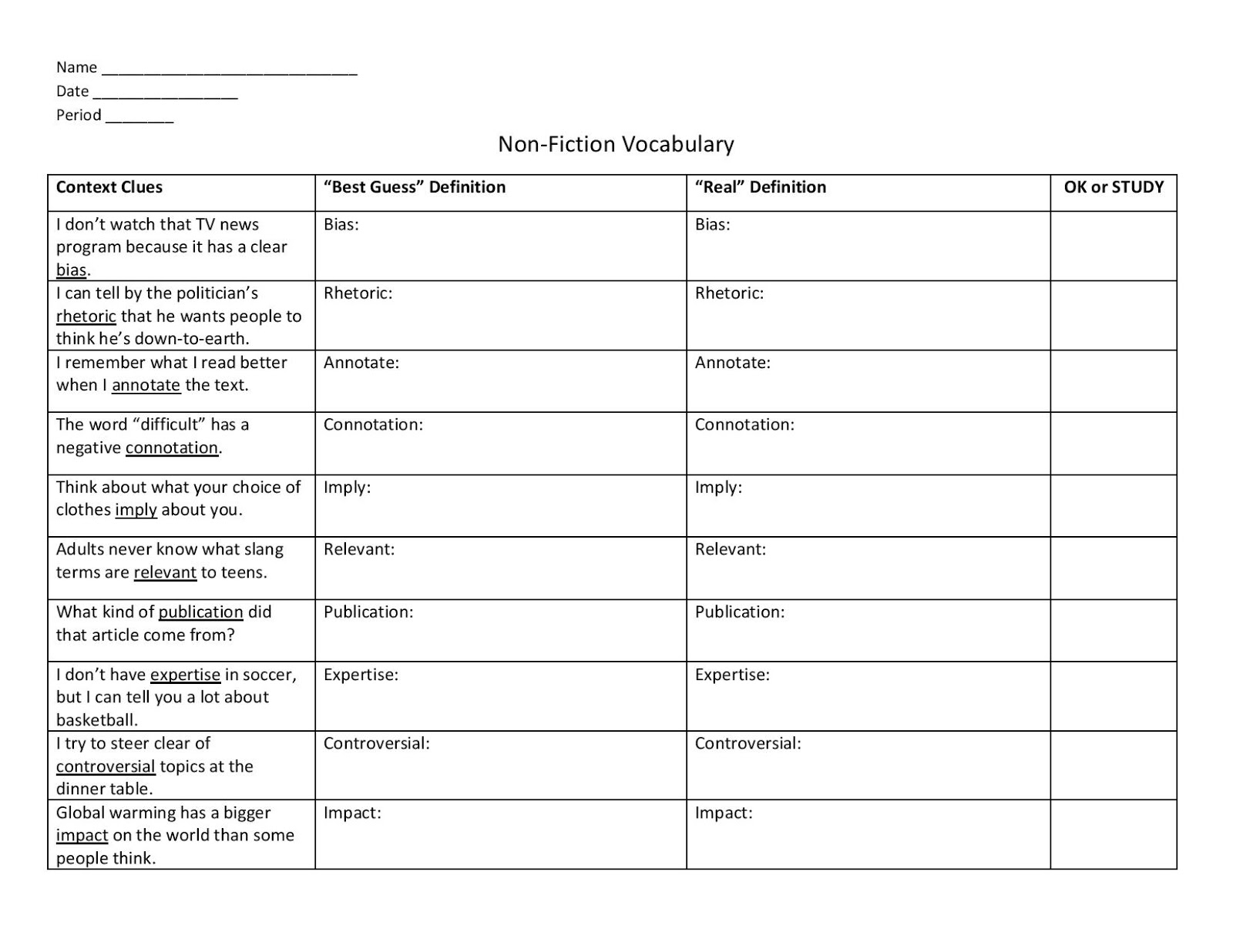Evaluating
Literature Capstone Essay Rubric
4
= Excellent 3 = Proficient 2 = Developing 1 = Emerging 0 = Not Observed
|
Common
Core State Standard
|
Evidence
|
Score
|
|
CCSS.ELA-Literacy.W.9-10.1
Write arguments to support claims in an analysis of substantive topics or
texts, using valid reasoning and relevant and sufficient evidence.
|
The claims
(discussed in each paragraph) about TKAM are each supported by evidence from
the text. You may earn an additional
point if you include page numbers.
|
/4
|
|
CCSS.ELA-Literacy.W.9-10.4
Produce clear and coherent writing in which the development, organization,
and style are appropriate to task, purpose, and audience.
|
The essay is
written for an audience of teachers and principals. The introductory
paragraph includes a thesis statement,
the body paragraphs each discuss a different literary element, and the
conclusion paragraph includes implications for the future.
|
/4
|
|
CCSS.ELA-Literacy.W.9-10.5
Develop and strengthen writing as needed by planning, revising, editing,
rewriting, or trying a new approach, focusing on addressing what is most
significant for a specific purpose and audience.
|
A final draft, a
rough draft, and graphic organizers are included. You may earn one additional point if your
rough draft is peer edited.
|
/4
|
|
CCSS.ELA-Literacy.L.9-10.2
Demonstrate command of the conventions of standard English capitalization,
punctuation, and spelling when writing.
|
The final draft
of the essay is free of capitalization (I, first letter of a sentence, names
of people and places), punctuation (including commas, periods, and
apostrophes), and spelling errors.
|
/4
|
|
|
/16
|
|
16-15
= A 14-13 =
B 12 = C 11 and under = E




